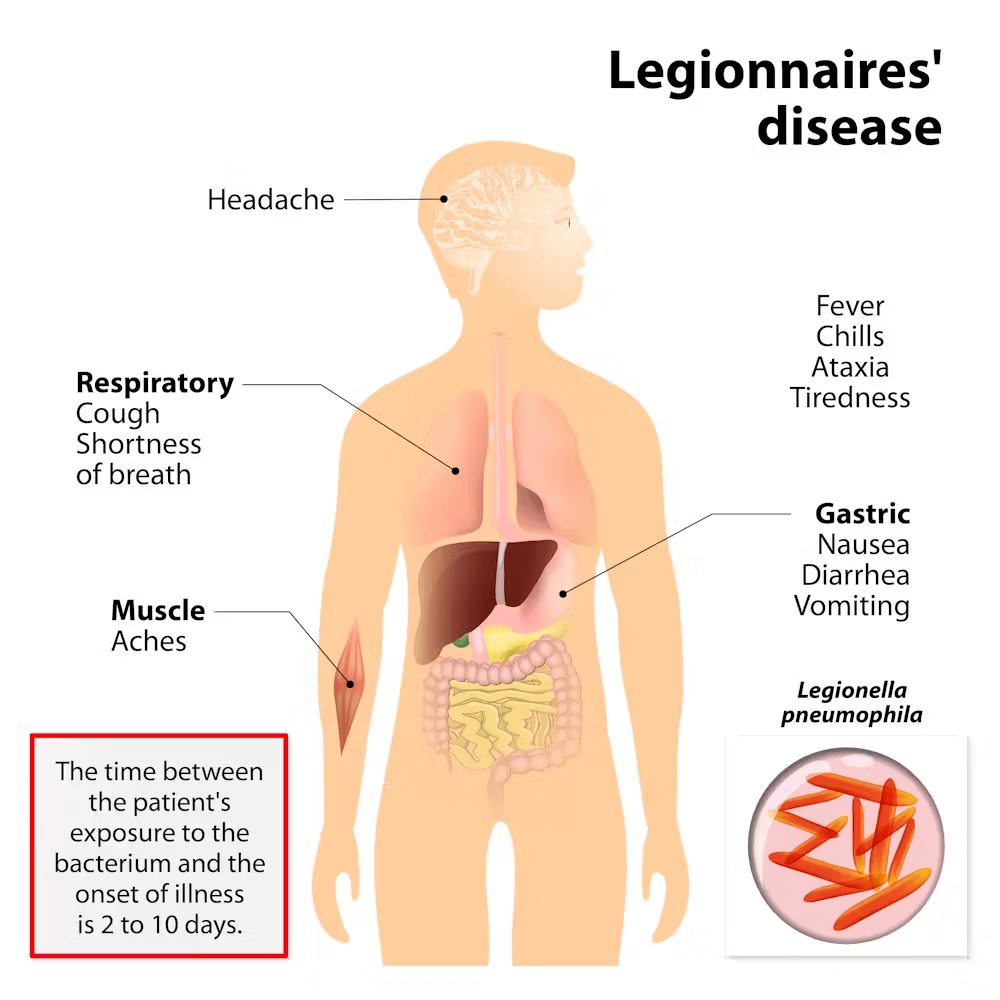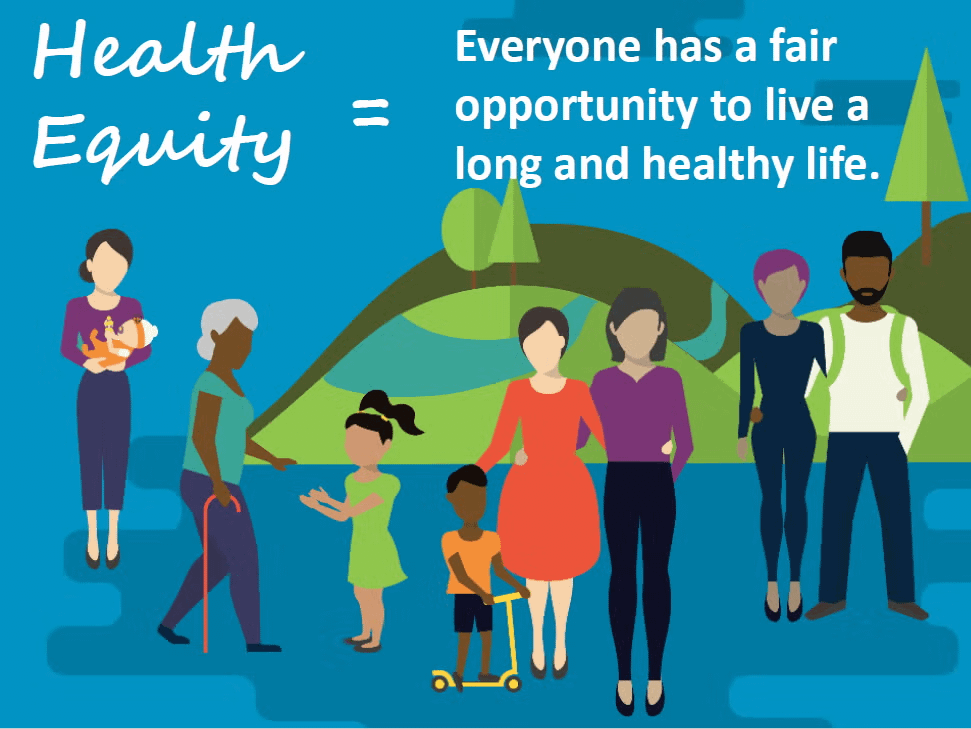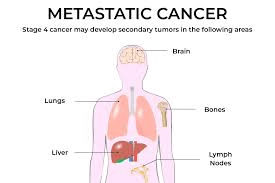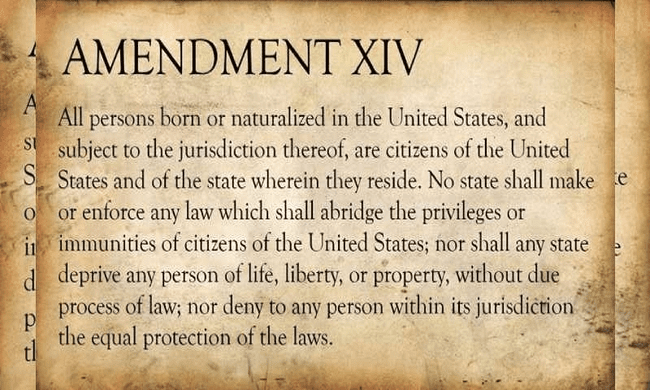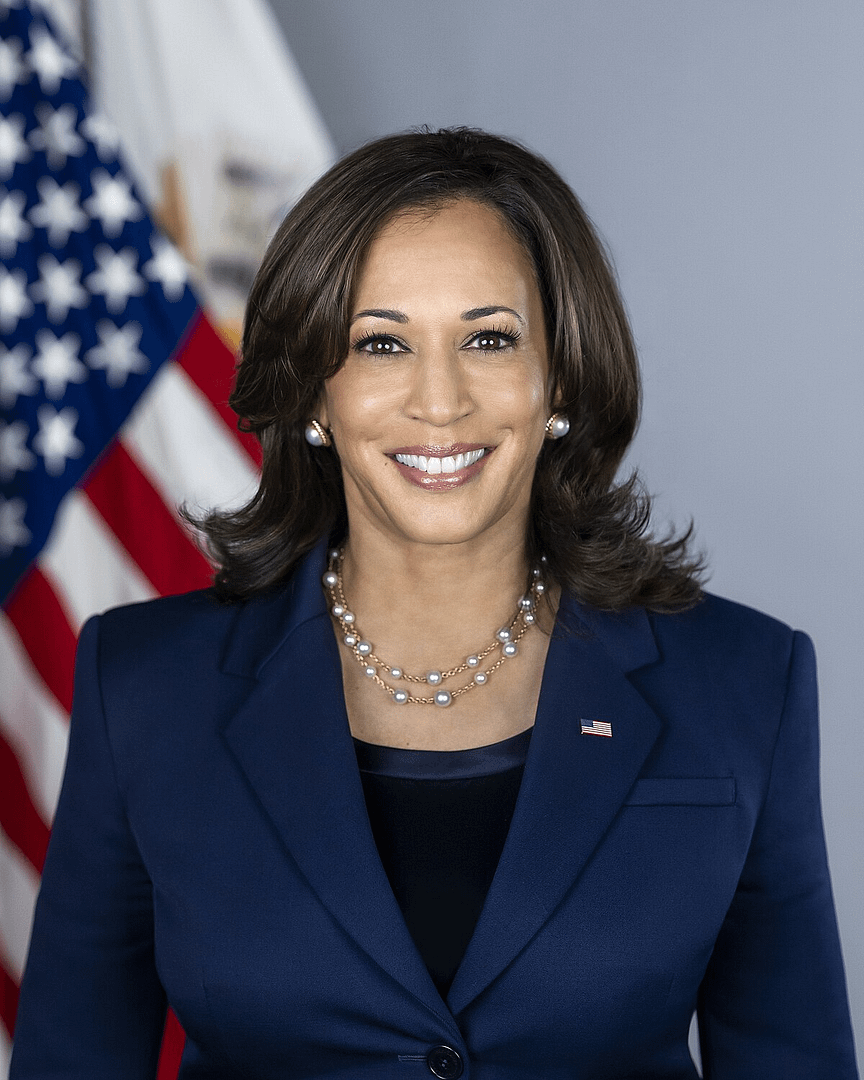
Kamala Harris: Breaking Barriers and Shaping the Future
Kamala Harris has emerged as a prominent figure in American politics, breaking barriers and inspiring countless individuals along the way. As the first female Vice President of the United States, and notably the first woman of Black and South Asian descent to hold this office, her journey is not just a personal triumph but also a reflection of the evolving landscape of American leadership. This article delves into her life, career, and the impact she continues to make on society today.
Early Life and Education
Born on October 20, 1964, in Oakland, California, Kamala Harris was raised by her mother, Shyamala Gopalan, a cancer researcher from India, and her father, Donald Harris, a Jamaican economics professor. From a young age, Harris was surrounded by a rich tapestry of cultural influences, which shaped her worldview and aspirations. Her mother instilled in her the values of hard work and perseverance, often emphasizing the importance of education.
Harris attended Howard University, a historically Black university in Washington, D.C., where she honed her skills in debate and public speaking. She graduated with a degree in political science and economics in 1986. Following her undergraduate studies, she earned her Juris Doctor from the University of California, Hastings College of the Law. It was during these formative years that she began to engage deeply with issues of social justice, setting the stage for her future endeavors in public service.
A Trailblazing Career in Public Service
Kamala Harris’s career in public service began in 1990 when she joined the Alameda County District Attorney’s Office as a deputy district attorney. There, she gained invaluable experience, tackling cases involving violent crimes and juvenile offenders. Her commitment to justice and reform soon became evident. In 2003, she made history by becoming the first woman and first African American to serve as the District Attorney of San Francisco.
During her tenure, Harris implemented several progressive initiatives, including programs aimed at reducing recidivism and addressing racial disparities in the justice system. Her focus on rehabilitation rather than mere punishment garnered attention and set a precedent for future reforms.
In 2010, Harris took her career to the next level by being elected as the Attorney General of California, becoming the first woman of color to hold this position in the state. Her role allowed her to advocate for significant changes in areas such as criminal justice reform, consumer protection, and environmental issues. Notably, she played a pivotal role in the legalization of same-sex marriage in California and took a strong stance against discriminatory practices within the legal system.
Ascending to the Vice Presidency
Kamala Harris’s groundbreaking ascent continued when she ran for the U.S. Senate in 2016. Representing California, she quickly became known for her sharp questioning during Senate hearings and her unwavering commitment to civil rights, immigration reform, and health care accessibility. Her tenure as a senator established her as a formidable force in Washington, advocating for the most pressing issues that faced American society.
In 2020, Harris made history once again when she was selected as Joe Biden’s running mate in the presidential election. This decision resonated deeply across the nation, symbolizing a significant shift in American politics. The Biden-Harris campaign focused on unity, healing, and restoring the soul of America. After a hard-fought election, they emerged victorious, making Kamala Harris the first female Vice President in U.S. history.
As Vice President, Harris has taken on several key responsibilities. Her portfolio includes addressing the root causes of migration from Central America, advocating for gun control, and promoting equity in healthcare—issues that align closely with her long-standing commitment to social justice. She has also represented the United States on the international stage, strengthening alliances and advocating for democracy and human rights.
Impact and Legacy
Kamala Harris’s influence extends beyond her official duties; she serves as a beacon of hope for many who see her as a role model. Her story embodies the ideals of resilience and determination, particularly for women and people of color striving for success in traditionally male-dominated fields. Harris has often spoken about the importance of representation, underscoring how seeing someone who looks like you in positions of power can inspire others to dream big and pursue their goals.
Moreover, her approach to leadership emphasizes collaboration and inclusivity. Harris has shown that effective governance comes from listening to diverse perspectives and building coalitions to address complex challenges. Her policies often reflect a commitment to uplift marginalized communities and ensure that all Americans have a voice in the decision-making process.
Conclusion
As Kamala Harris continues her journey as Vice President, her legacy is still being written. She stands not only as a historic figure but as a dynamic leader responding to the urgent needs of the nation. With each passing day, Harris is shaping policies that resonate with the beliefs and aspirations of countless Americans, bridging the gap between politics and people. Her story is a powerful reminder of what is possible when barriers are broken and doors are opened—a call to action for future generations to continue pushing toward equality and justice for all.
Through her actions, Harris illustrates that leadership is not just about holding a position but about making a lasting impact on society. As we look ahead, it is clear that Kamala Harris will remain a vital part of America’s narrative, inspiring change and fostering hope in the hearts of many.



